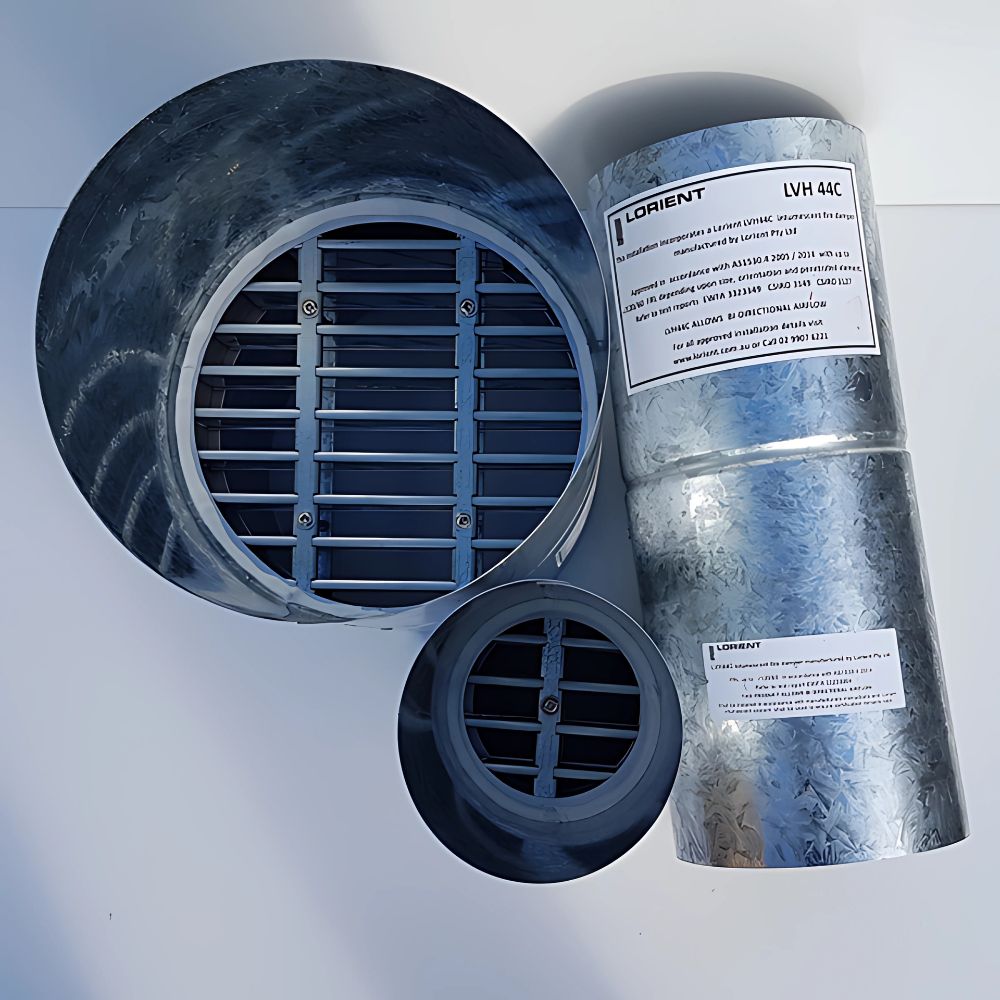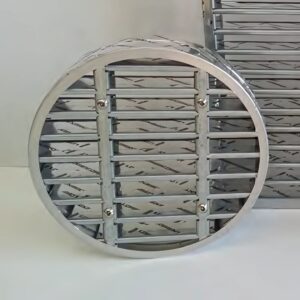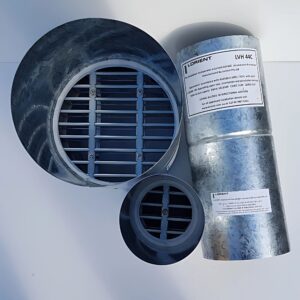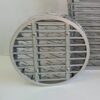Education & Advice
Intumescent Fire Damper – Round 150mm with 360mm Sleeve
Original price was: $119.00.$80.00Current price is: $80.00.
**CLEARANCE STOCK – PRICE REDUCED X1 LEFT**
A circular LVH44C intumescent fire damper (150mm diameter). The LVH44C damper comes fitted in a 360mm long metal sleeve. The intumescent grille combines air movement with fire protection. In everyday use, air can pass freely through the grille to allow good ventilation. In the event of a fire, the intumescent expands, fusing the grille into a solid barrier that stops fire spreading. Product is approved to AS1530.4 2014
————-
This product is currently Out of Stock with no expected arrival date. For this reason it cannot be purchased. If you would like some options for suitable alternatives please contact us






Reviews
There are no reviews yet.